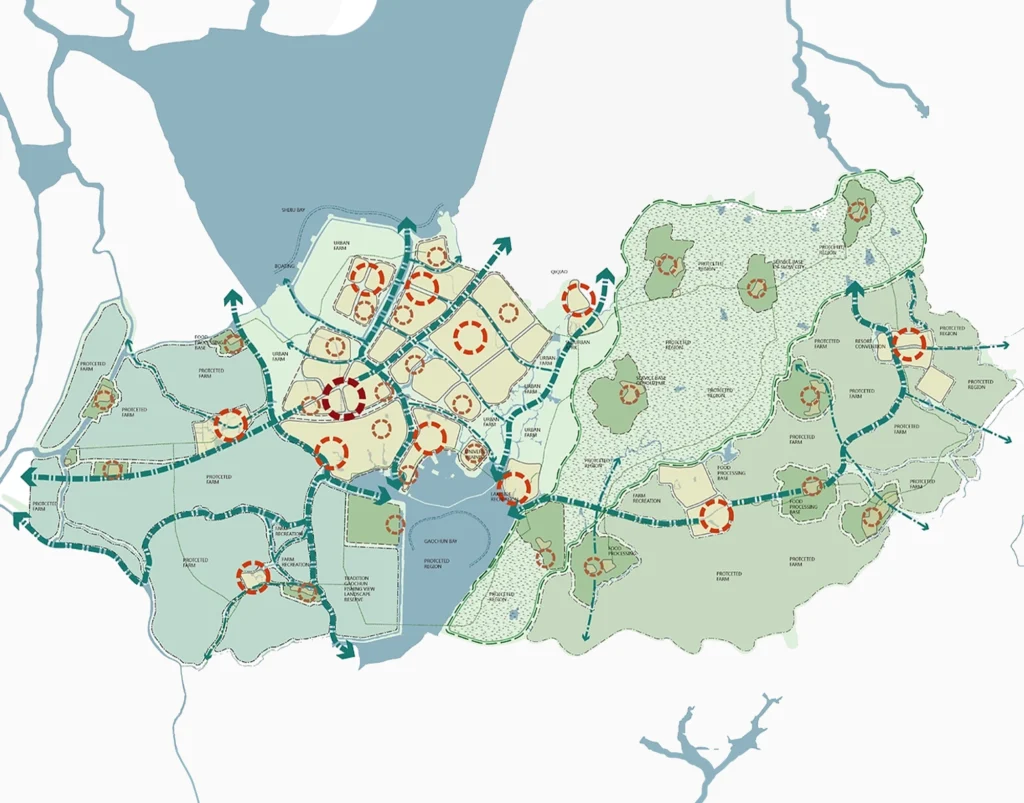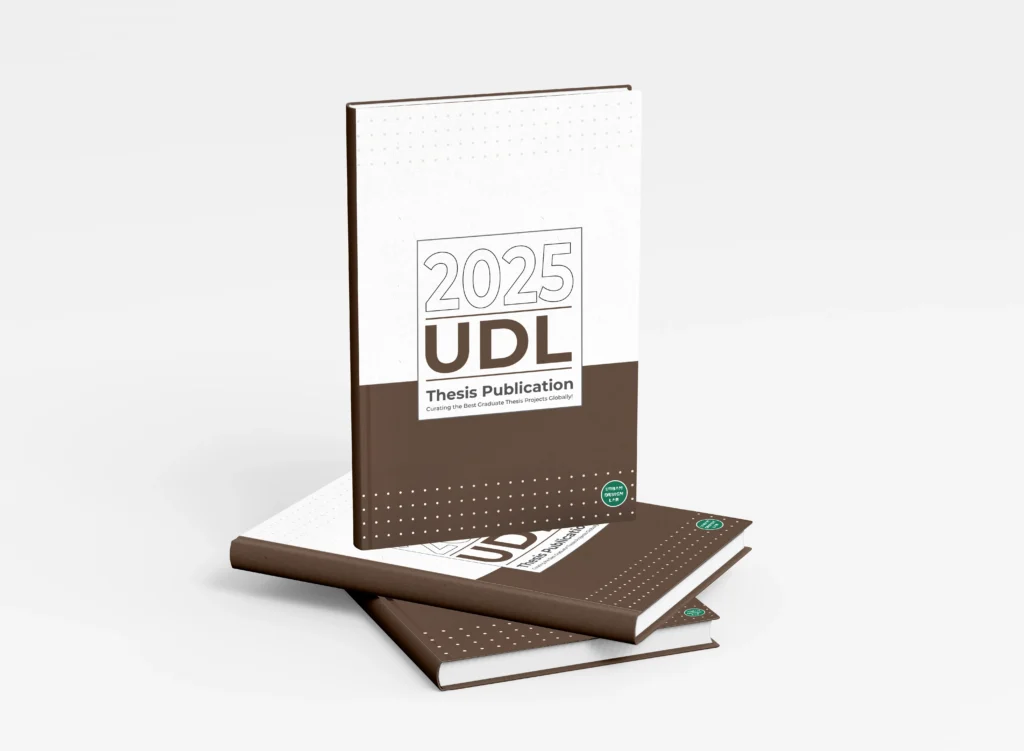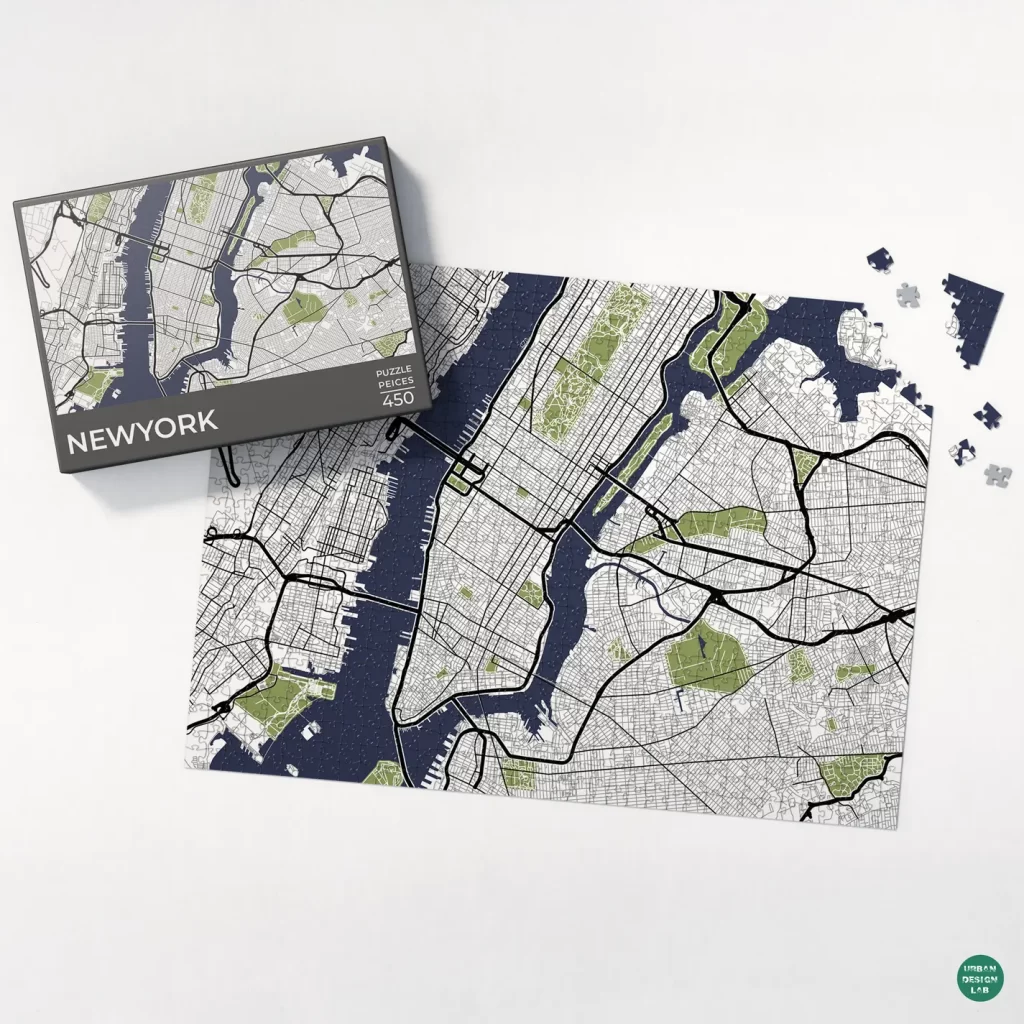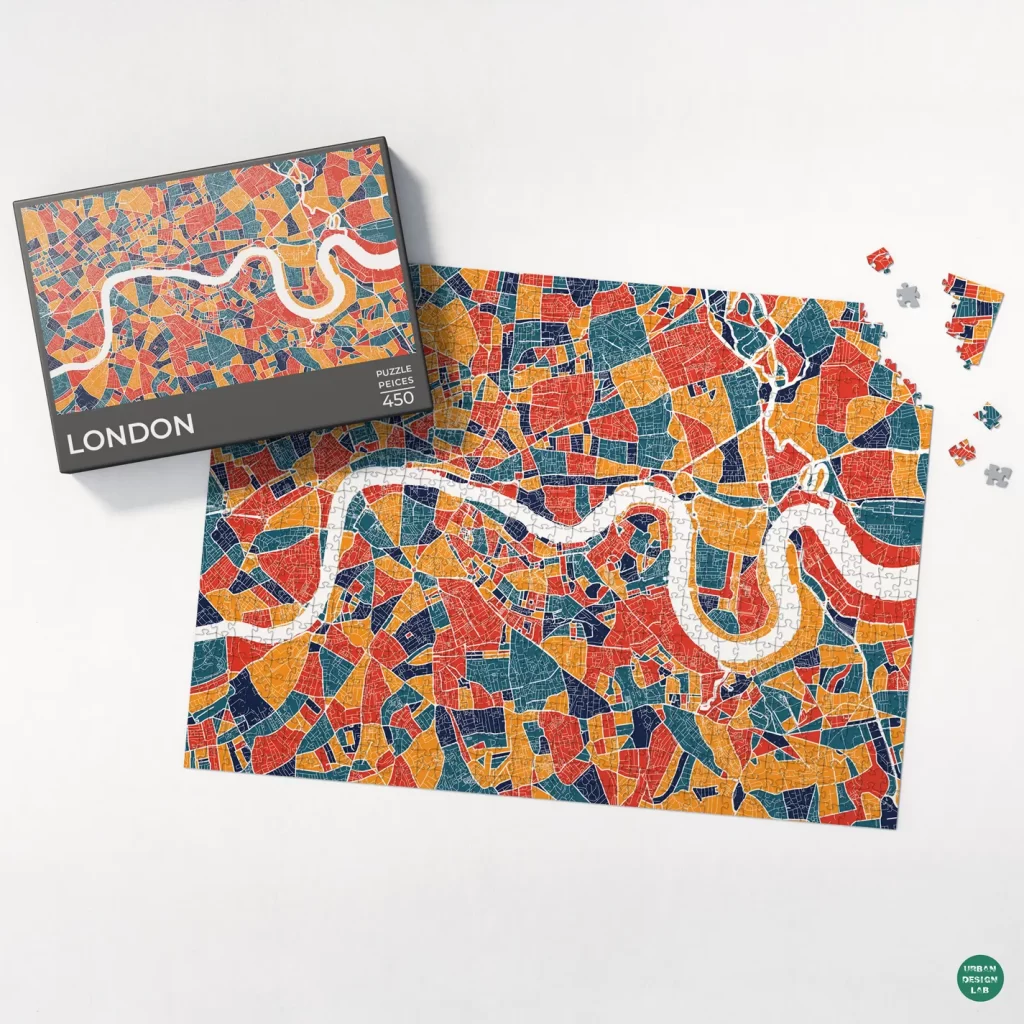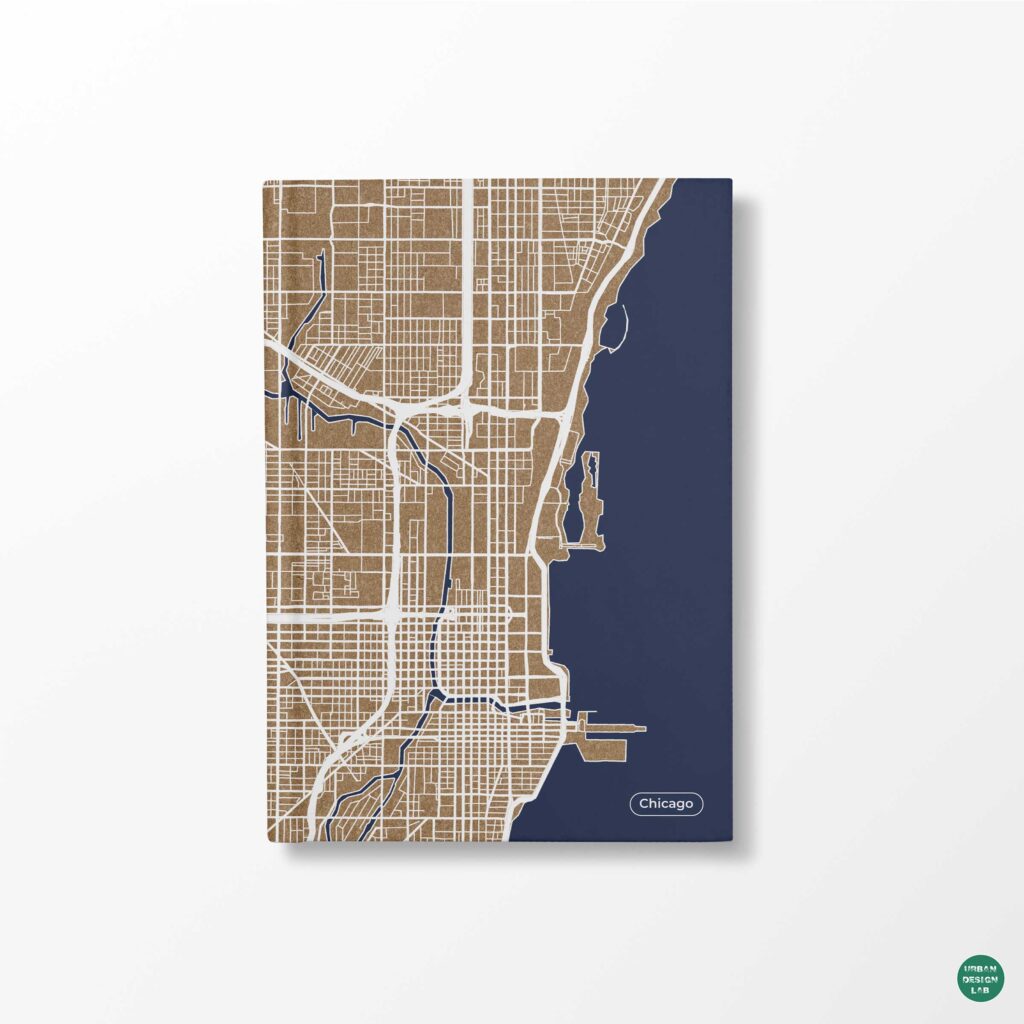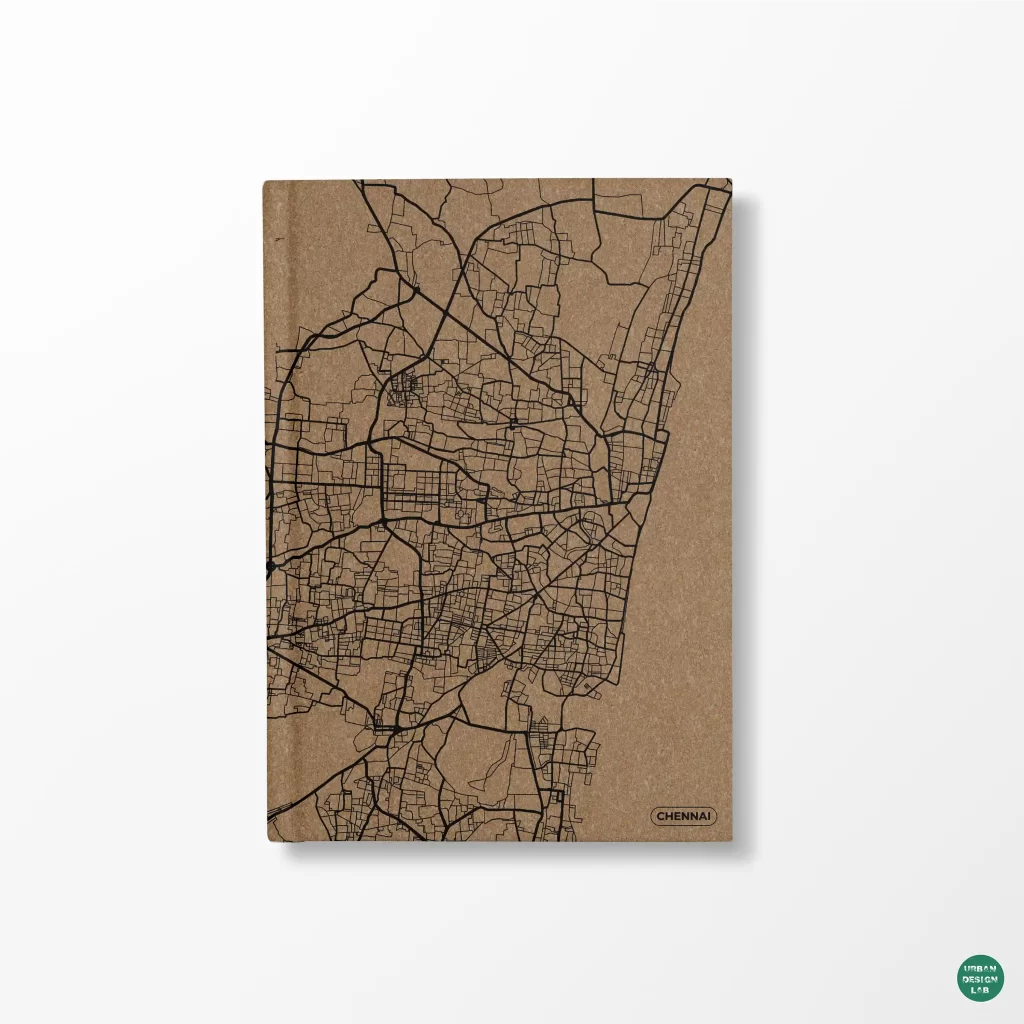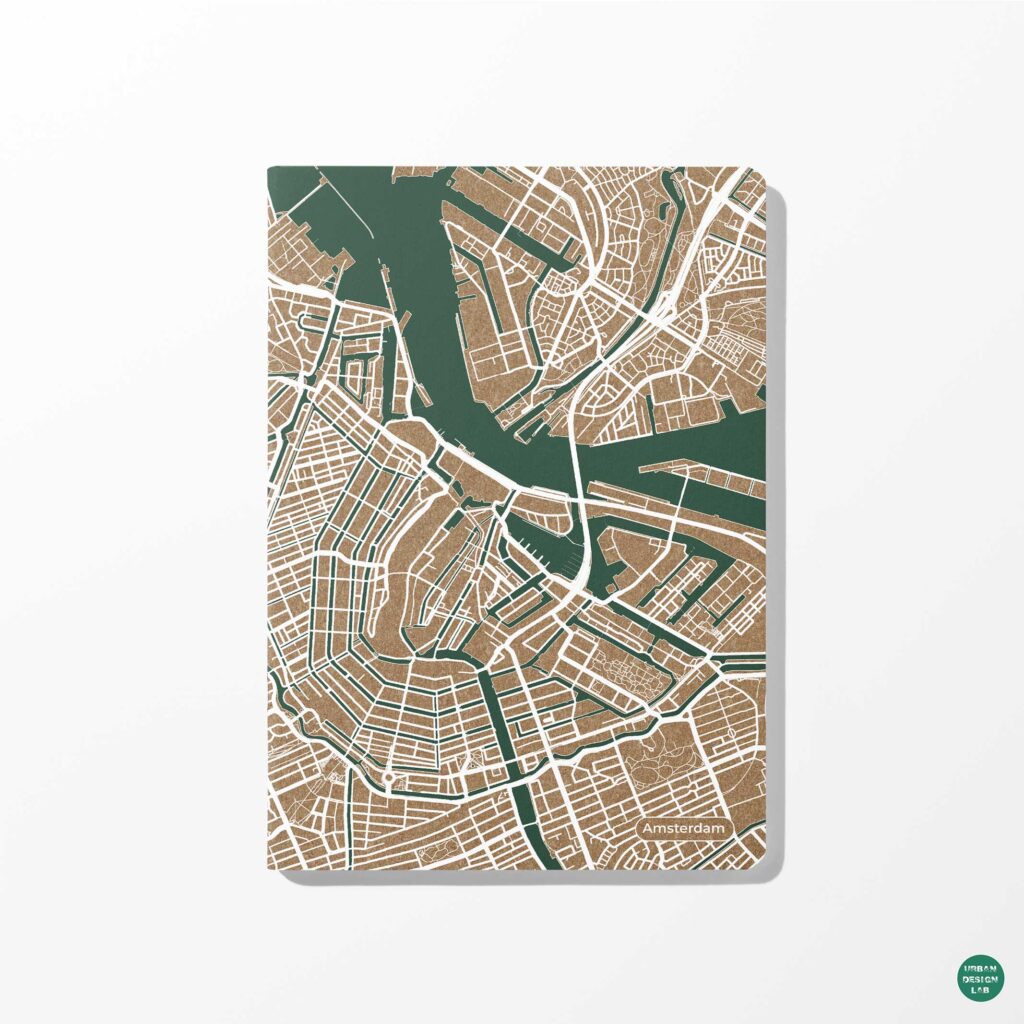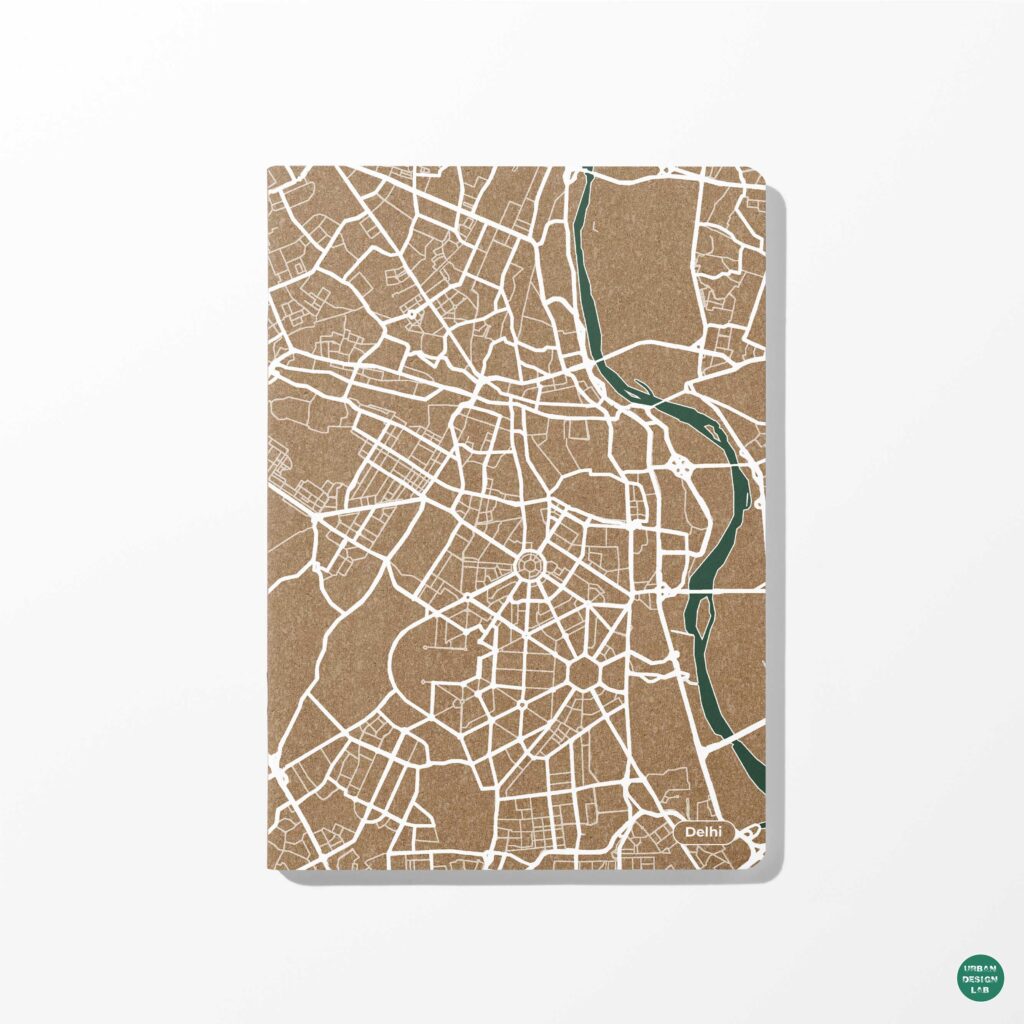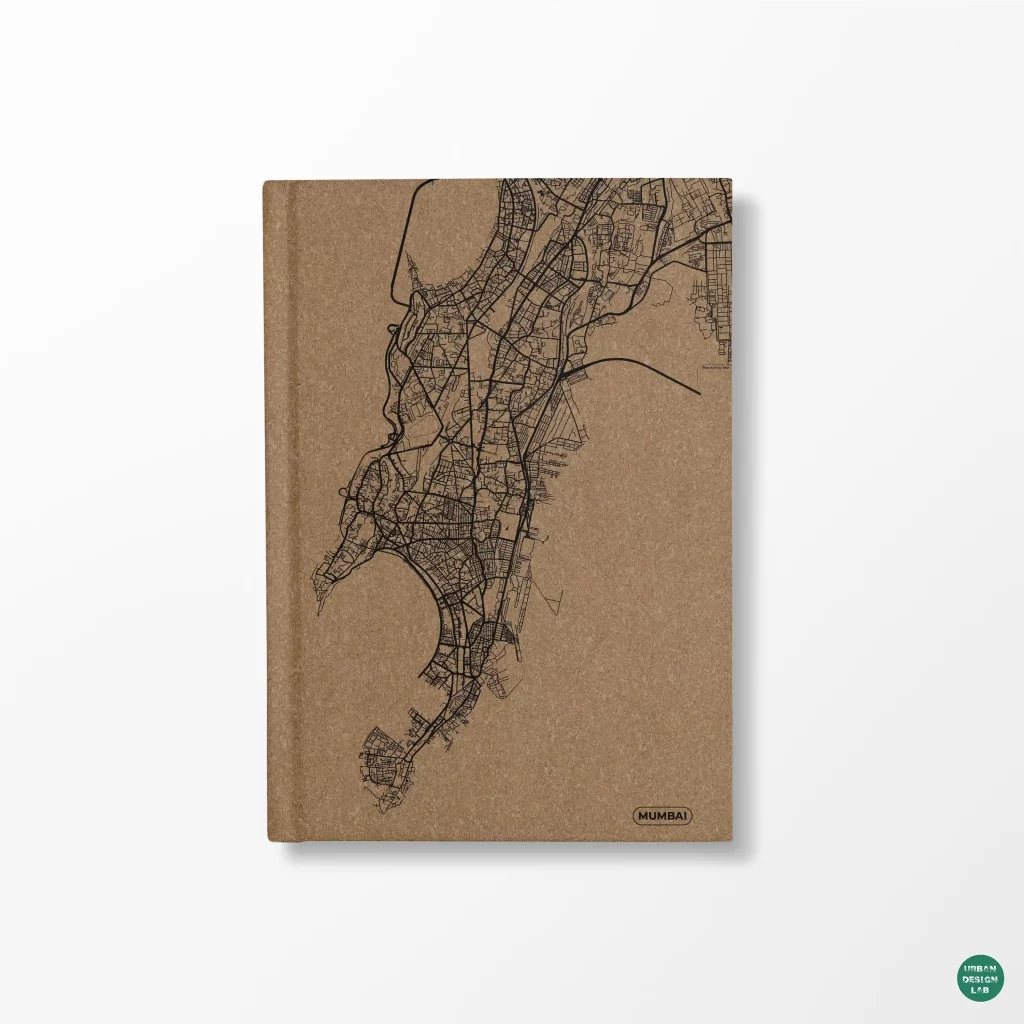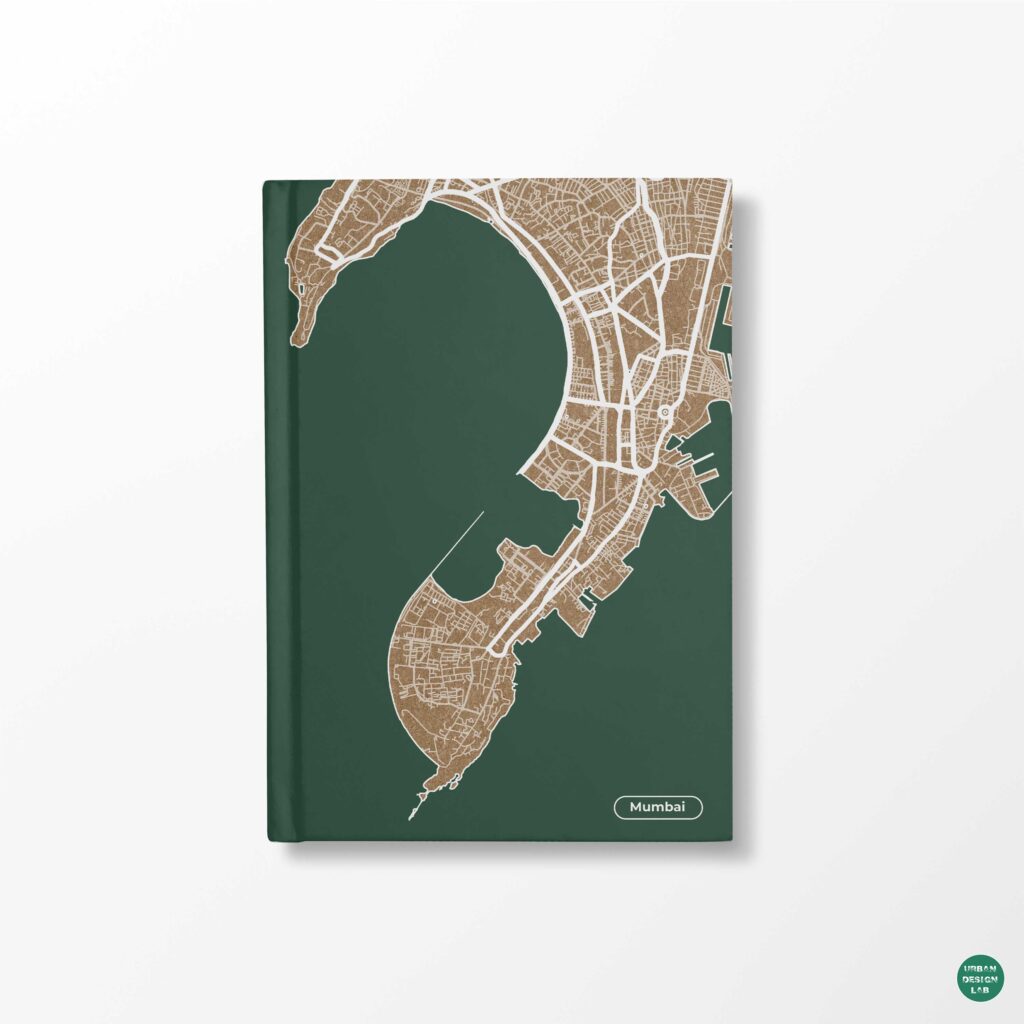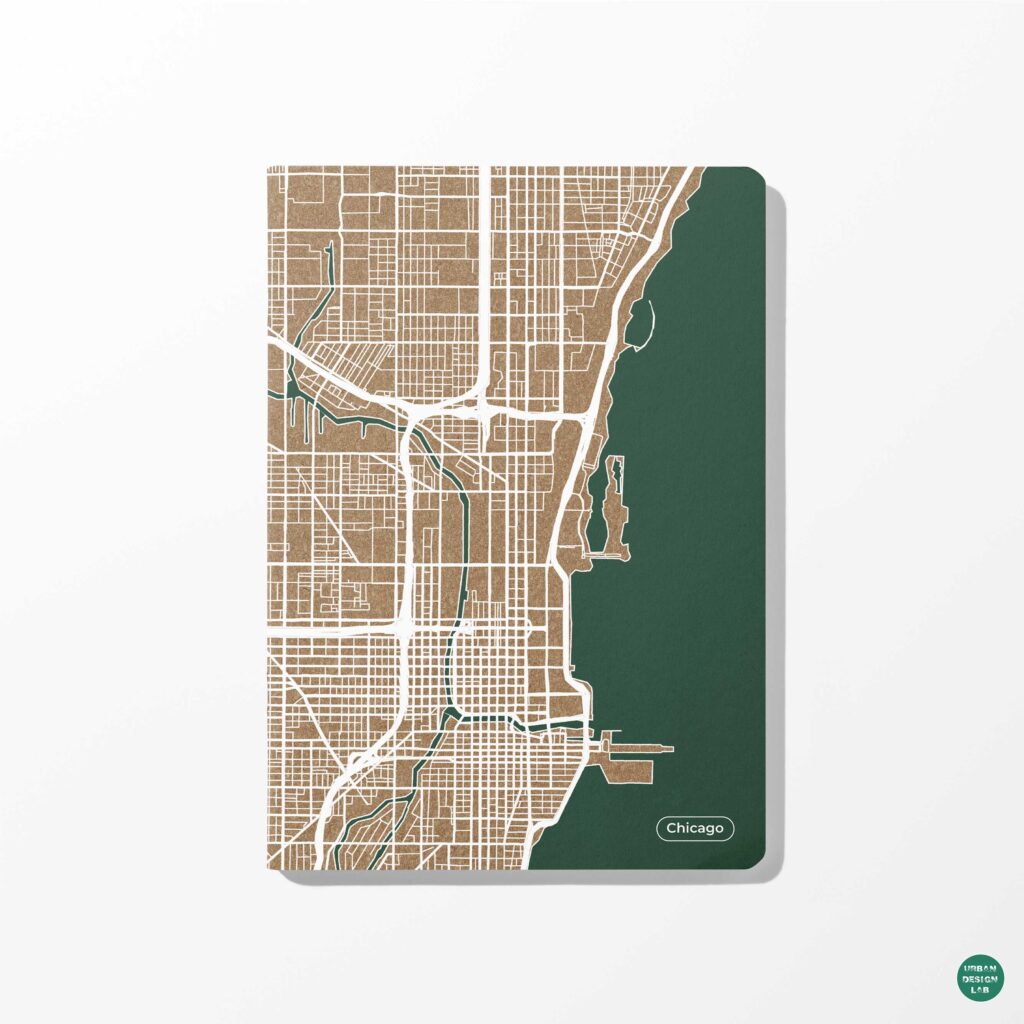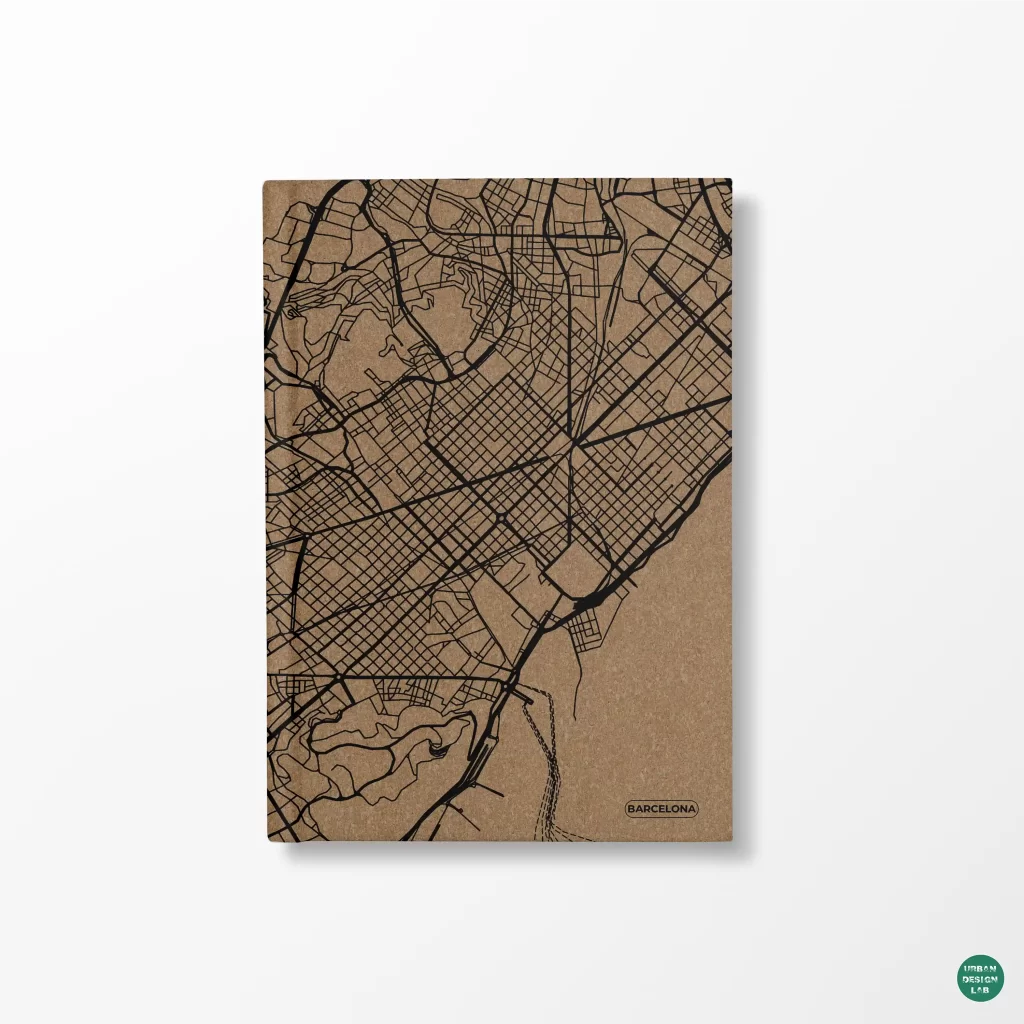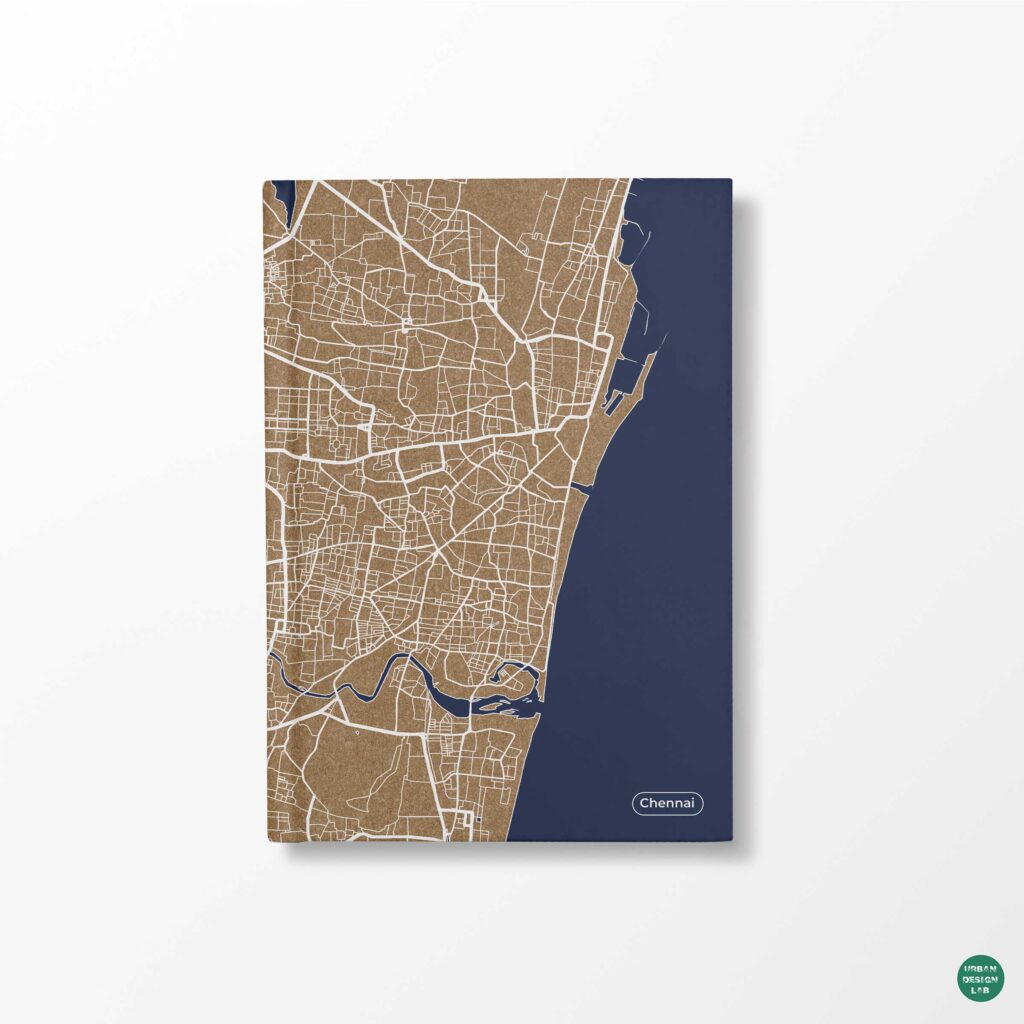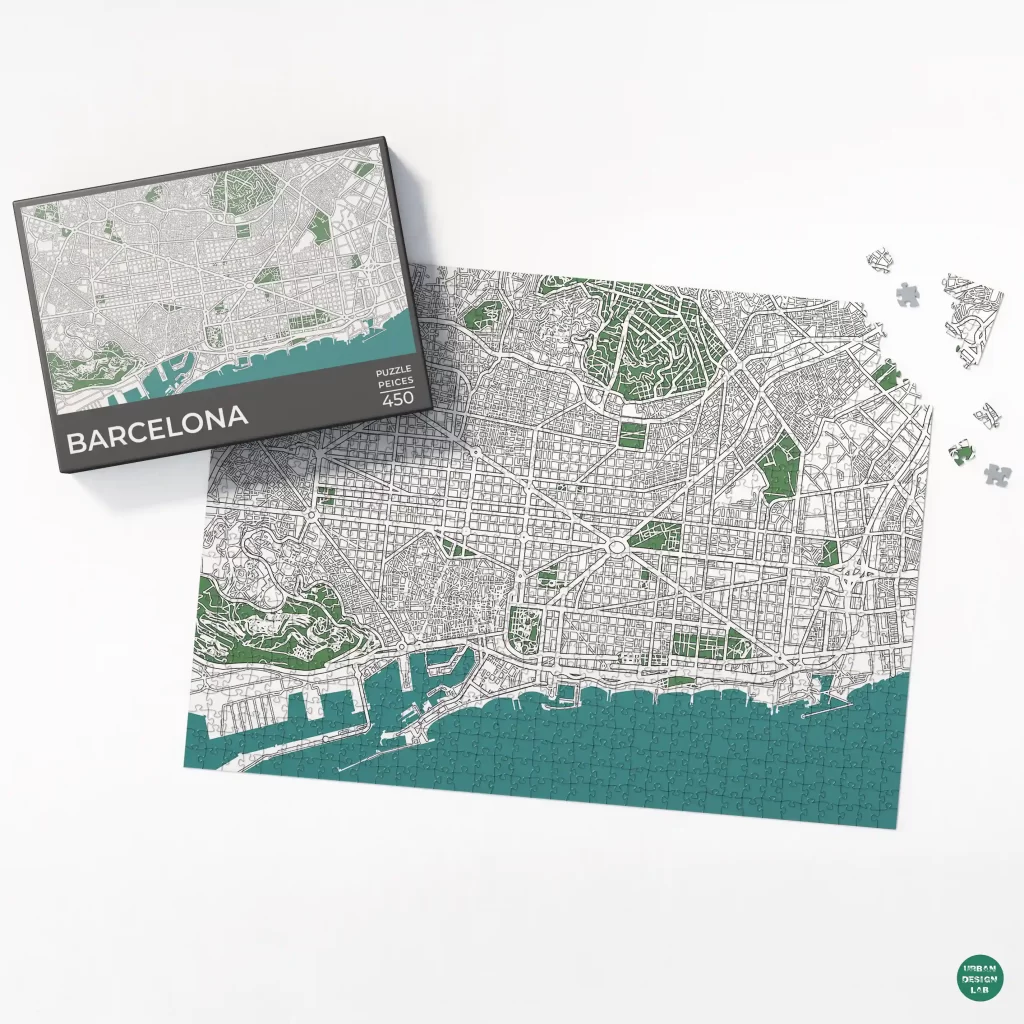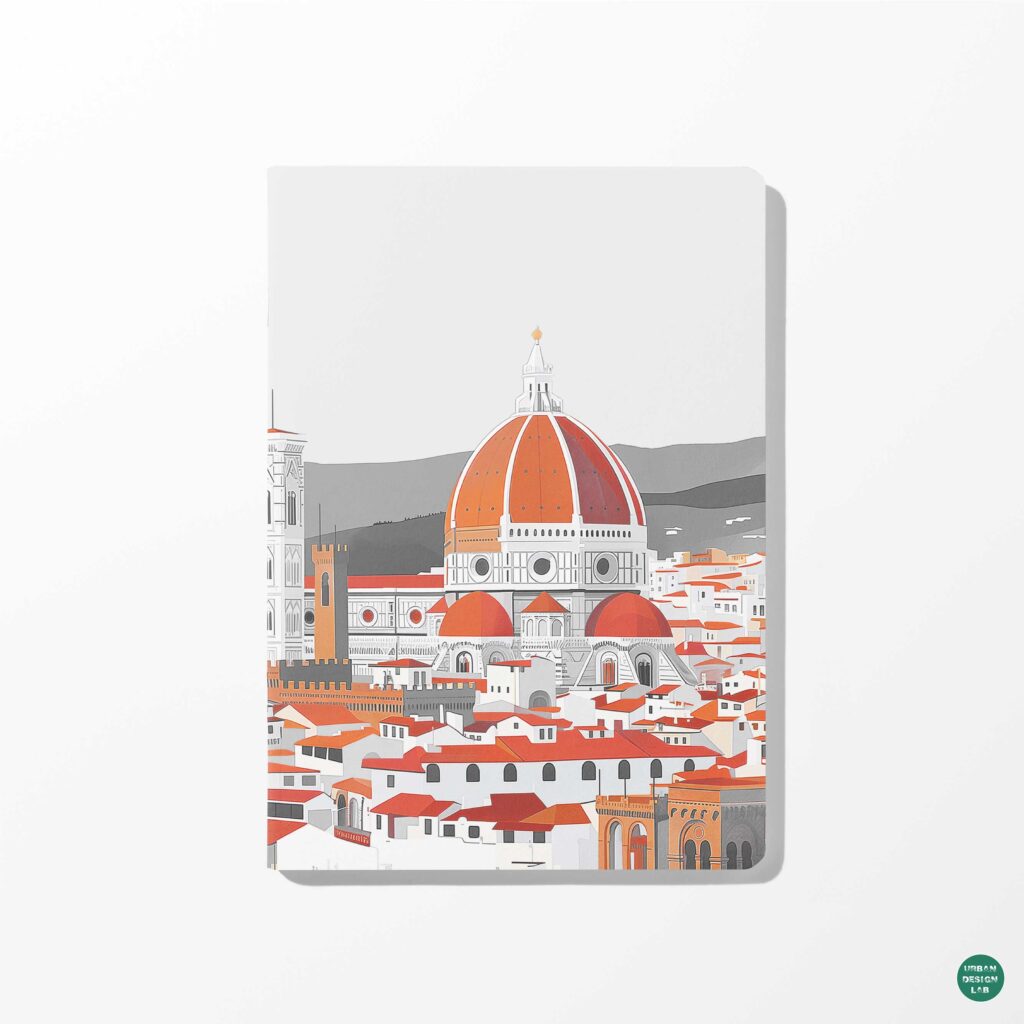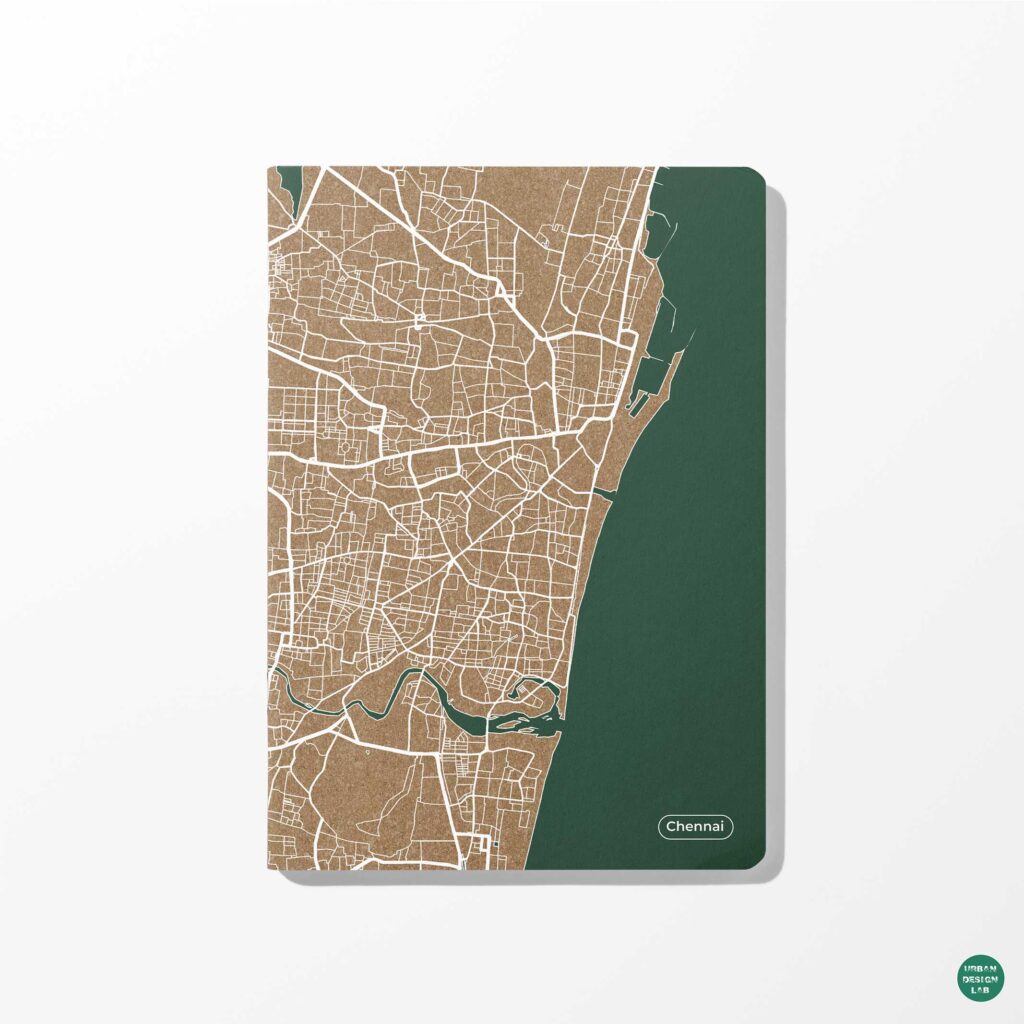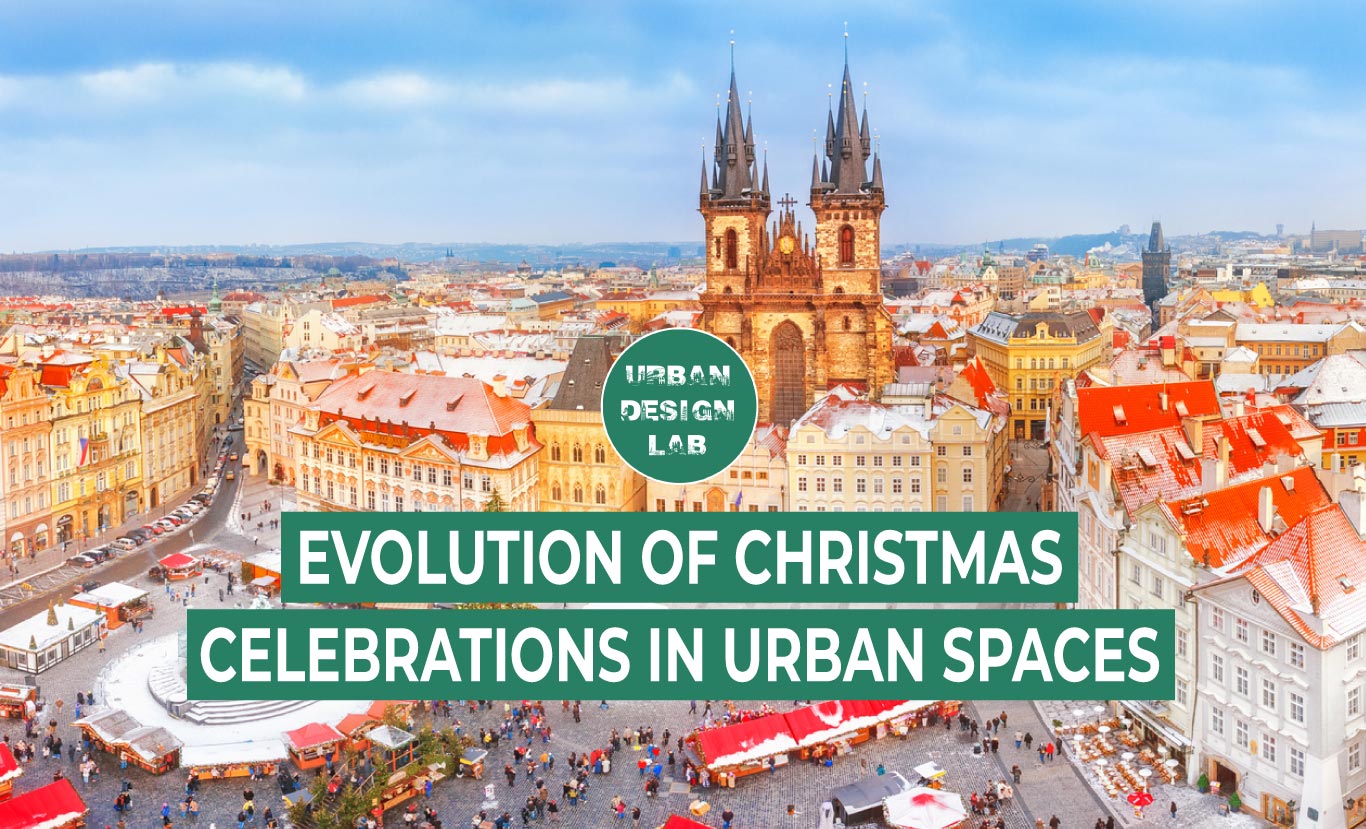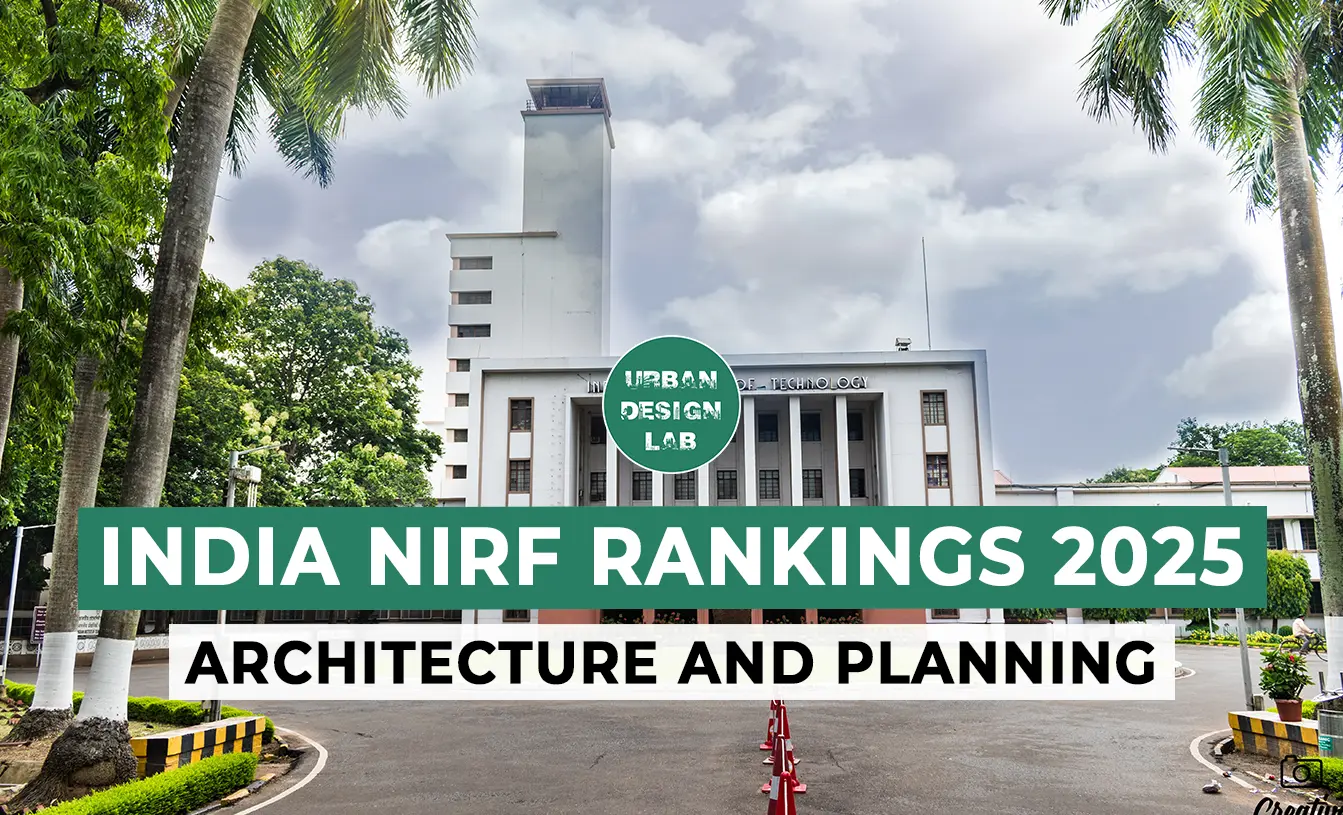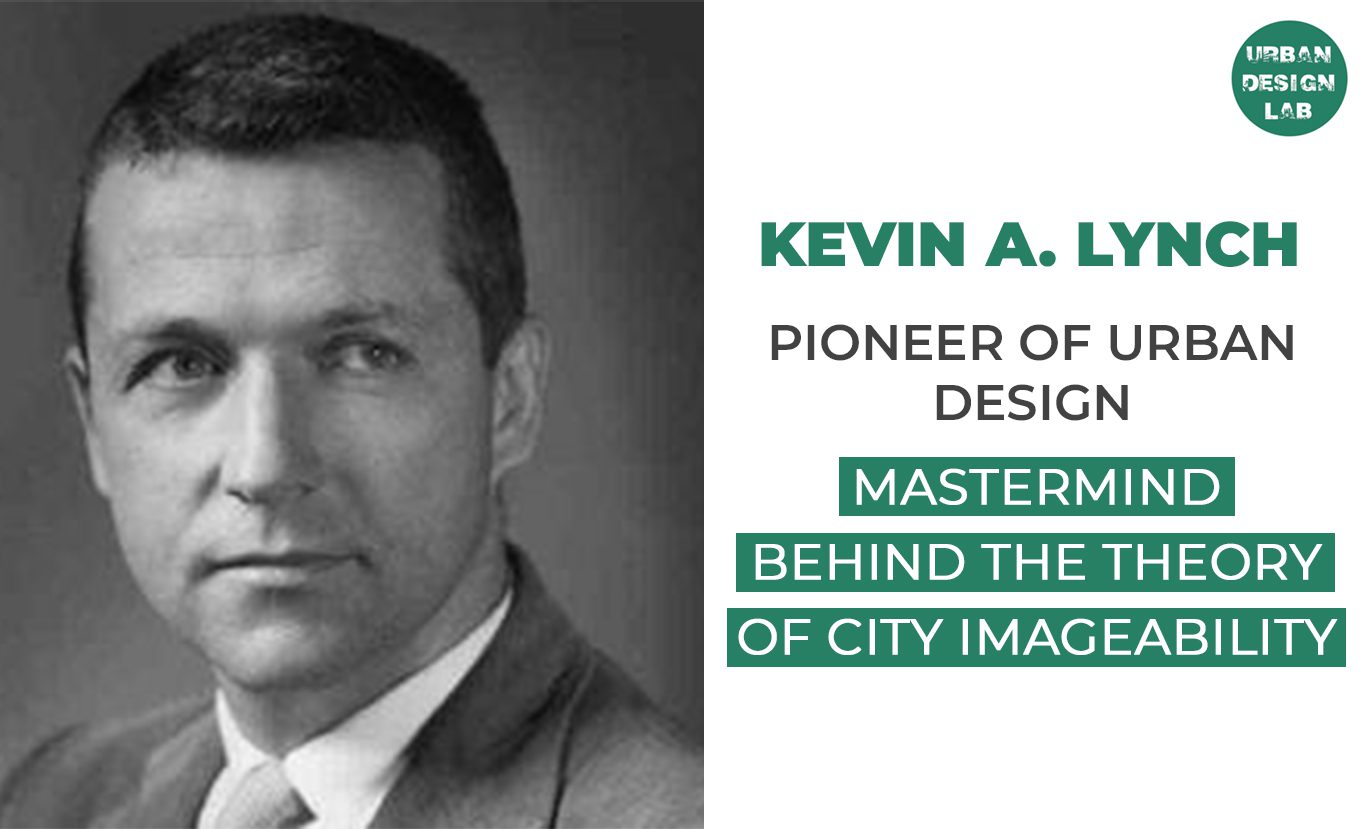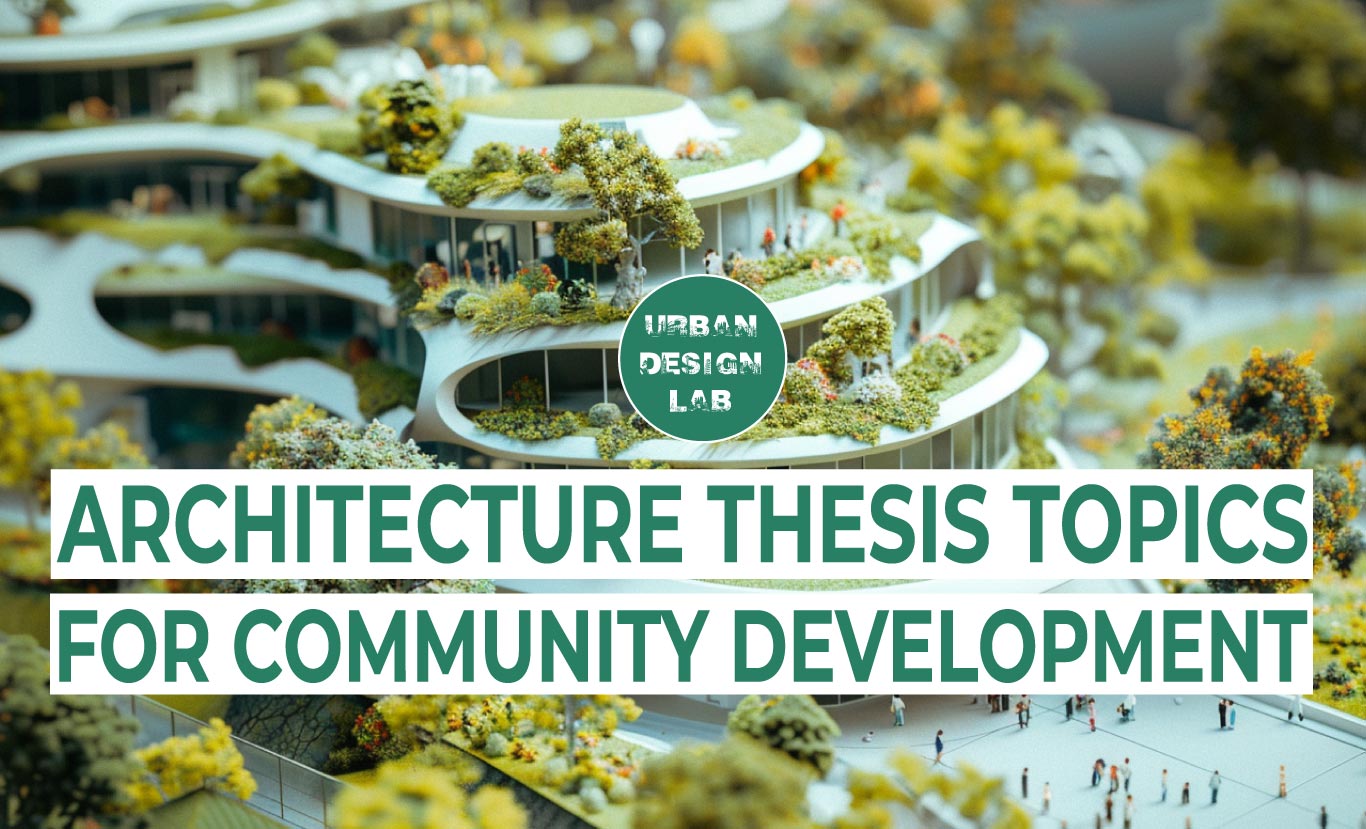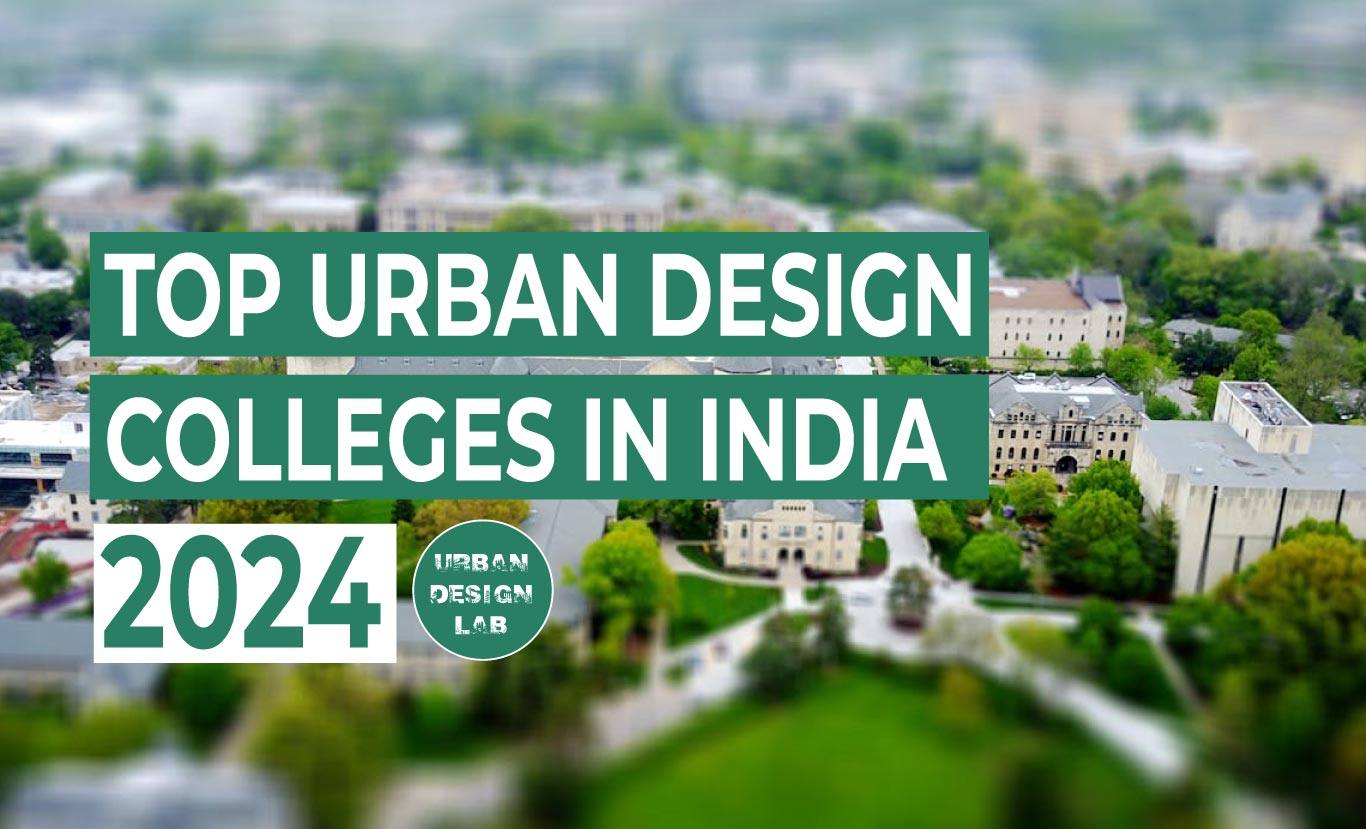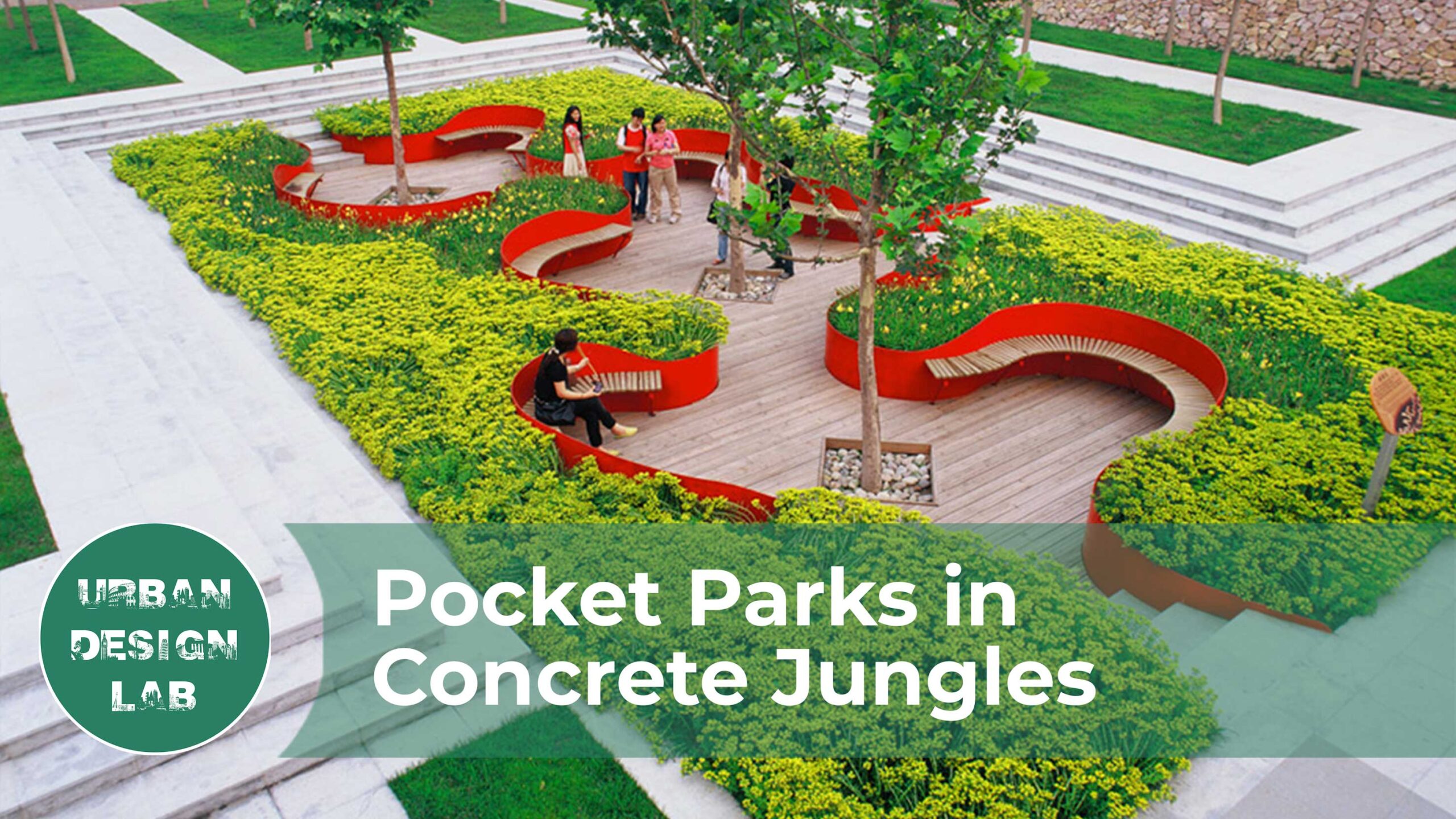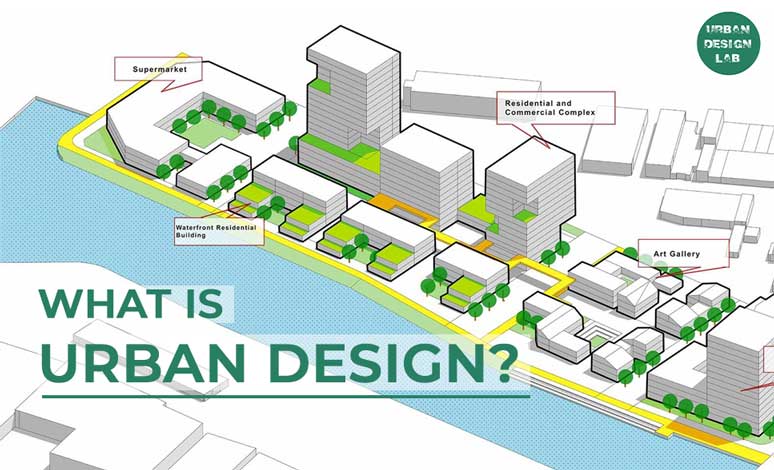
Rem Koolhaas: Visionary Architect and Urban Planner
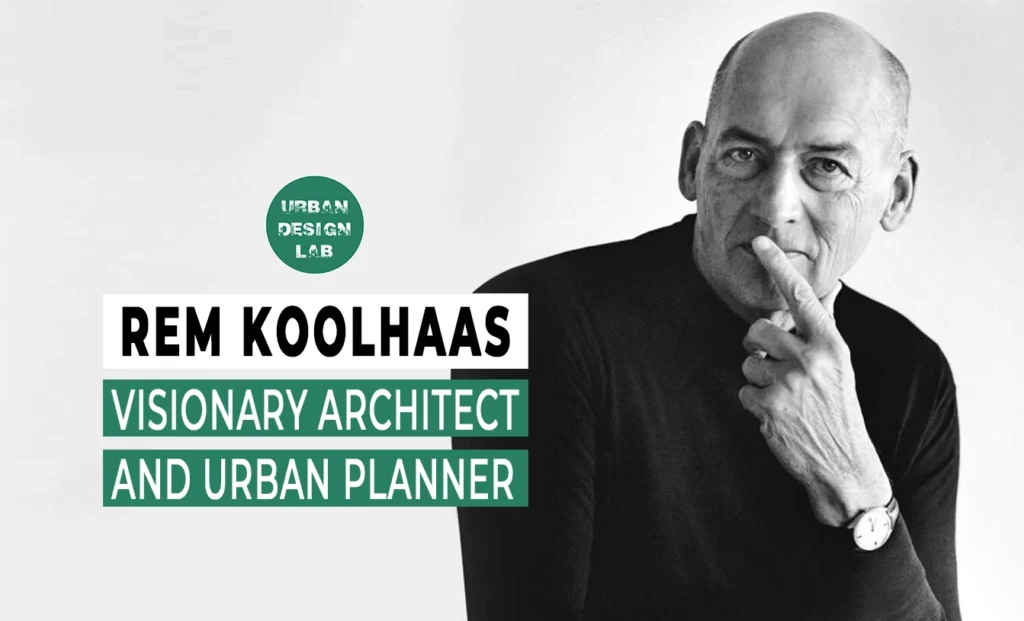
Rem Koolhaas stands among the most innovative and provocative architects and urban planners of our time. With a career spanning over five decades, he has not only reshaped cityscapes but also challenged conventional ideas around architecture and urbanism. His work defies boundaries, merging architecture with urban planning, sociology, and art. Koolhaas’s influence extends beyond his numerous groundbreaking buildings; he’s also known for theoretical contributions that have inspired a generation of architects to think critically about how cities function. His belief that architecture should respond dynamically to societal changes, particularly the pressures of globalization, has redefined contemporary design. Koolhaas’s projects range from libraries and museums to skyscrapers and urban developments, each of which embodies a unique approach that emphasizes utility while questioning traditional aesthetics.
Innovative Concepts in Architecture
Koolhaas’s architecture often includes bold, unexpected forms that embody his desire to disrupt established architectural norms. He emphasizes “programmatic instability,” a concept that prioritizes flexibility in building functions to adapt to changing needs. One of his most notable examples is the CCTV Headquarters in Beijing, whose non-linear structure defies conventional skyscraper designs and symbolizes China’s rapid modernization. Koolhaas’s designs emphasize fluidity, versatility, and even contradiction, challenging architectural orthodoxy. His projects use asymmetry, open plans, and experimental materials to push the boundaries of traditional architecture. This approach makes his buildings functional, aesthetically provocative, and adaptable, qualities that appeal to societies undergoing rapid change.
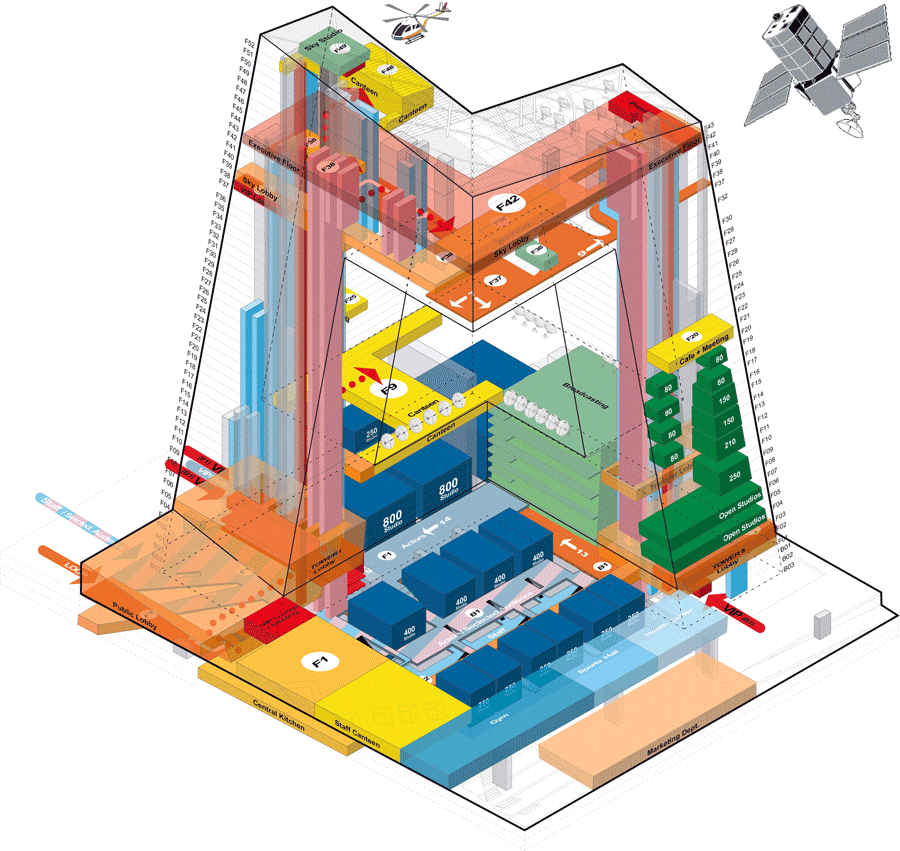
Urbanism and City Planning
Urban planning is central to Koolhaas’s architectural philosophy. He approaches cities as dynamic entities influenced by diverse social, economic, and cultural forces. His work reflects an interest in analyzing urban growth and decline complexities, including how urban environments respond to global trends. In his research, Koolhaas has examined cities such as Lagos, where informal economies and spontaneous development create unique urban patterns. His perspective on urbanism often highlights the need for adaptable, resilient infrastructure to meet the challenges of rapid urbanization. Koolhaas believes that understanding these complexities can lead to more innovative, flexible urban planning solutions that benefit communities and embrace urban diversity.

Source: Website Link
Globalization and Architecture
Koolhaas has long been fascinated by the impact of globalization on architecture. His concept of “generic architecture” addresses how global cities are increasingly adopting uniform styles and functions. In response, he encourages architects to rethink how buildings can serve as unique cultural expressions in a globalized world. He critiques the homogenization of urban spaces, emphasizing the importance of local context while embracing aspects of modernity. His work reflects the notion that globalization should enhance rather than erase cultural uniqueness. In designing structures like the Seattle Central Library, Koolhaas showcases his belief that architecture should contribute to the civic and cultural identity of a city while accommodating a globally connected society.
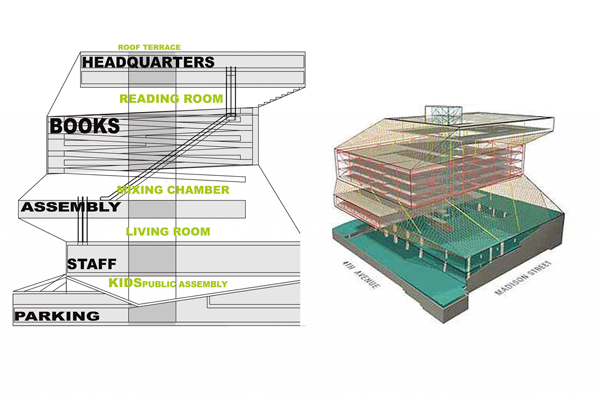
Notable Projects
Rem Koolhaas’s portfolio includes many iconic projects that exemplify his revolutionary ideas. The Seattle Central Library, for instance, is an innovative structure that transforms traditional library functions through its spatial organization and transparent facades. It encourages public interaction, underscoring Koolhaas’s dedication to creating civic spaces that foster community engagement. The Casa da Música in Porto, Portugal, represents his experimental approach to public spaces, featuring a polygonal design that invites exploration. The Fondation Galeries Lafayette in Paris is a bold, glass-walled building that serves as both an art gallery and a public space, blending Koolhaas’s dedication to flexibility with his vision of accessible, multifunctional environments.
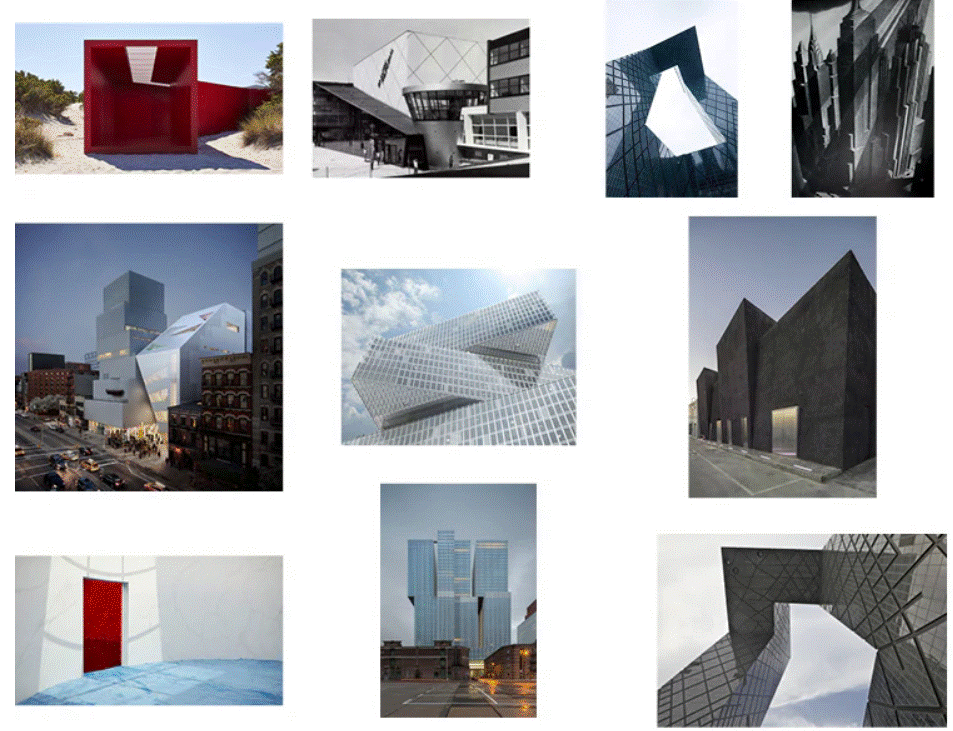
OMA and Research-Based Design
The Office for Metropolitan Architecture (OMA), founded by Koolhaas, reflects his commitment to innovative research in architecture and urbanism. The firm’s projects prioritize exploration and experimentation, drawing on interdisciplinary insights from sociology, economics, and the arts. Through OMA, Koolhaas has implemented research-based practices that go beyond aesthetics, focusing on how buildings and cities operate within complex social structures. This approach has led to designs that are functionally robust and culturally relevant. OMA’s work ranges from private buildings to large-scale urban plans, always integrating research to ensure that each project addresses the unique needs of its context.
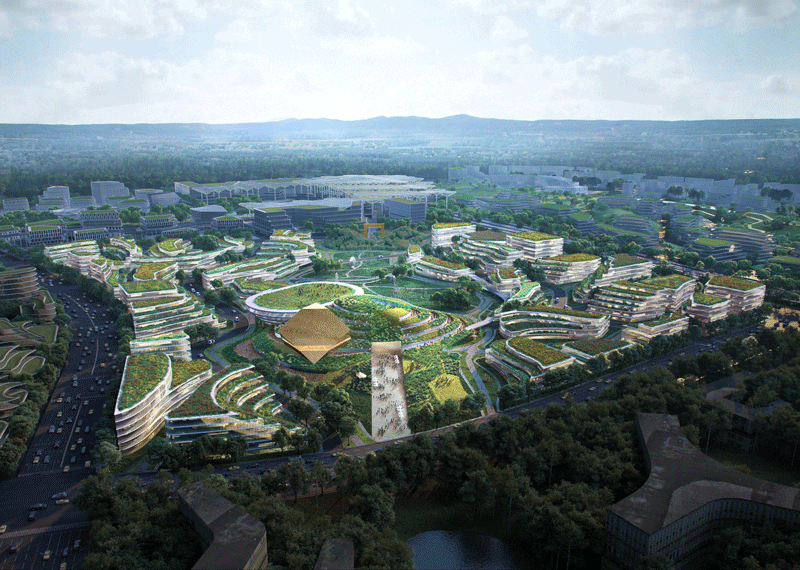
Theory of Congestion and Densification
Koolhaas is also known for his theories on urban congestion and densification. He argues that high-density cities can lead to innovative urban solutions, making more efficient use of space. His fascination with the chaotic energy of urban centers has driven him to explore how densification can encourage productivity and social interaction. When thoughtfully managed, Koolhaas believes that urban density contributes to more vibrant, diverse communities. His approach diverges from conventional city planning that often emphasizes control and organization, advocating instead for adaptable urban spaces that embrace the messiness of city life. This perspective is evident in his urban projects, which often feature open, interconnected spaces that facilitate social engagement.
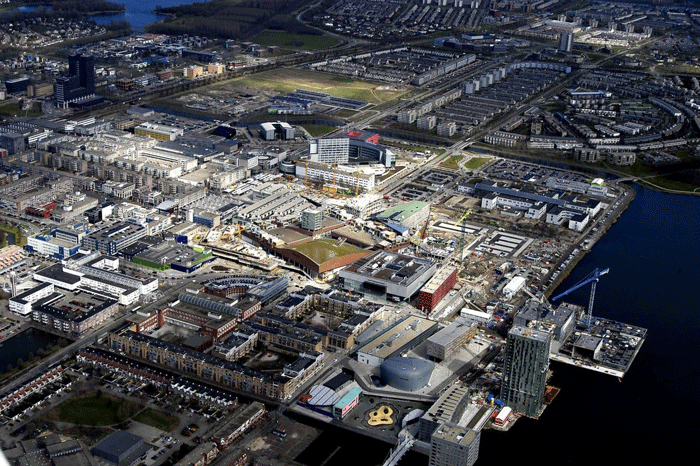
Impact on Modern Architecture
The influence of Rem Koolhaas extends beyond his physical structures to his conceptual contributions to architecture. His willingness to challenge the norms of the industry has inspired countless architects to explore new forms and functions. Through his writings, particularly in books like S,M,L,XL, he has sparked debates about the future of architecture and urbanism. Koolhaas’s insights have reshaped architectural education, encouraging students to approach design with a critical and inquisitive mindset. His impact is visible in contemporary architecture’s shift towards innovation, resilience, and a deeper understanding of urban complexities, paving the way for the next generation of architects.

Adaptive Reuse and Sustainable Design
Koolhaas has a unique approach to adaptive reuse and sustainability, which emphasizes reimagining existing spaces rather than demolishing and rebuilding. This approach is evident in projects like the Prada Epicenter store in New York City, where he transformed an old building into a multifunctional retail and cultural space. Koolhaas believes that adaptive reuse is essential in today’s cities, where space is limited, and environmental concerns are paramount. Rather than starting from scratch, his designs integrate the old with the new, preserving historical structures while injecting modern elements that enhance usability. Koolhaas’s take on sustainable architecture also considers cultural sustainability, arguing that buildings should reflect a place’s history, creating meaningful connections to the past. This approach promotes environmental responsibility and celebrates urban diversity, which he sees as vital to vibrant city life.
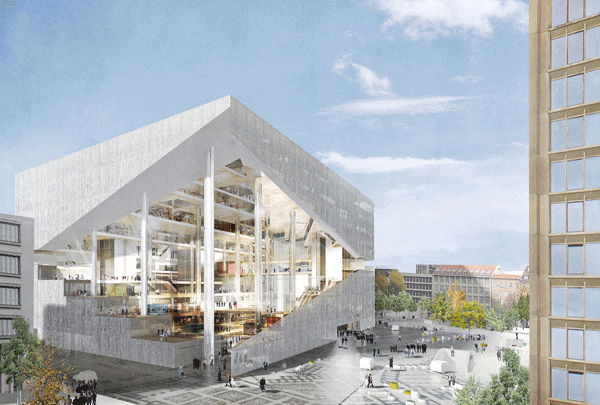
Interdisciplinary Influence
Koolhaas’s work bridges multiple disciplines, from sociology and philosophy to technology and art, creating a comprehensive approach to urbanism and architecture. His firm, OMA, collaborates with experts in these fields to address complex issues in design and city planning. This interdisciplinary approach is especially apparent in his work on the European Union’s European Library project, where he explored the intersection of technology, culture, and spatial organization to create a digital library network for the EU. His innovative use of technology and emphasis on research have pushed architectural practice towards more inclusive and adaptive methods. Koolhaas’s multidisciplinary philosophy emphasizes that architecture should not only serve aesthetic or functional purposes but also engage with societal, technological, and cultural transformations.
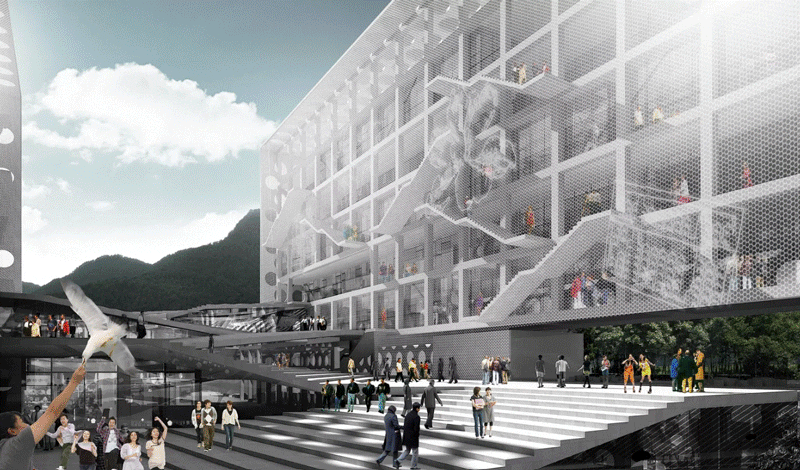
Shaping the Future of Architecture
Koolhaas’s work has paved the way for a new era of architectural design that embraces change, flexibility, and societal engagement. His vision has inspired architects worldwide to challenge traditional forms and rethink how urban spaces should evolve. Projects like the Torre Bicentenario in Mexico City reflect Koolhaas’s futuristic approach, addressing the challenges of urban density while incorporating green spaces and public accessibility. By promoting flexibility, interdisciplinary research, and cultural awareness, Koolhaas has laid the foundation for a forward-thinking approach to urban design. His influence is evident in younger architects’ growing focus on creating sustainable, adaptive buildings that enhance urban environments and promote social interaction, reinforcing Koolhaas’s legacy as a transformative figure in architecture.
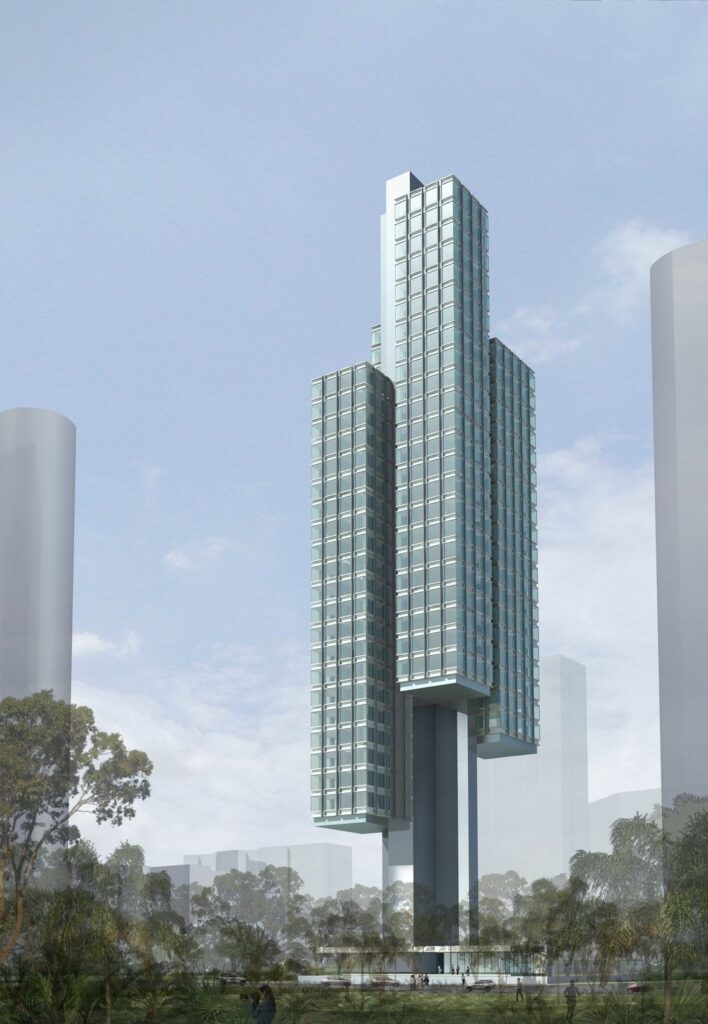
Conclusion
Rem Koolhaas’s work has undeniably reshaped modern architecture and urbanism, pushing boundaries with a visionary approach that challenges conventional ideas. His unique blend of design and research, combined with an openness to complexity and change, has contributed to architecture’s evolution into a more dynamic, interdisciplinary field. Koolhaas’s buildings reflect a commitment to adaptability, serving not only as functional spaces but also as reflections of societal shifts. His legacy, marked by projects that balance form and purpose, underscores his impact on the cities of today and the future. Through OMA and his writings, Koolhaas continues to inspire architects to reimagine urban landscapes, ensuring his ideas will resonate for generations to come.
References
- Koolhaas, R., & Mau, B. (1995). S,M,L,XL. Monacelli Press.
- Architecture in the 21st Century (2007). [Television series episode]. In Architecture in the 21st Century. CBS Broadcasting.
- Office for Metropolitan Architecture. (n.d.). Projects and research. OMA. Retrieved from https://www.oma.com
Afnan Mohsin
About the Author
Afnan Mohsin is an author holding a Bachelor’s degree in Architecture and a Master’s degree in Urban Design from the University of Technology. With a profound interest in contemporary tools and sustainable design, she leverages her extensive academic background and professional expertise to advance innovative solutions in urban development. Her work emphasizes the integration of modern methodologies with sustainable practices, contributing to the creation of resilient and dynamic urban environments.
Related articles


Architecture Professional Degree Delisting: Explained
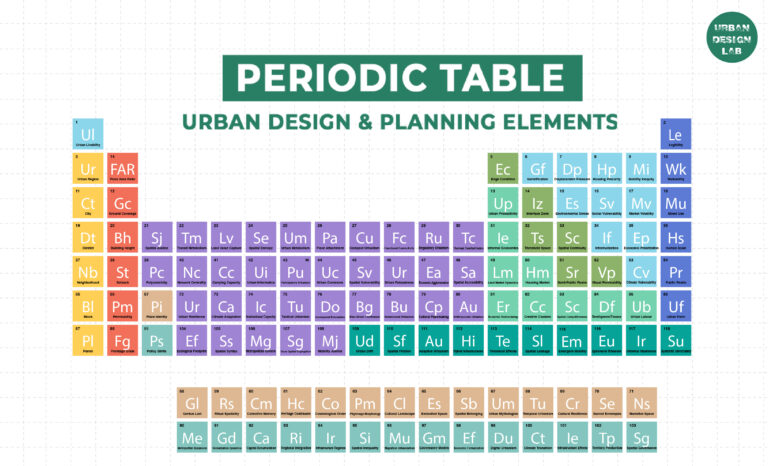
Periodic Table for Urban Design and Planning Elements
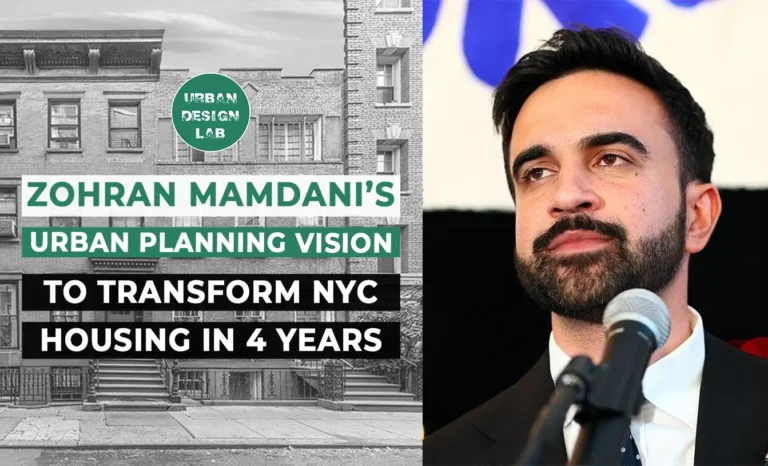
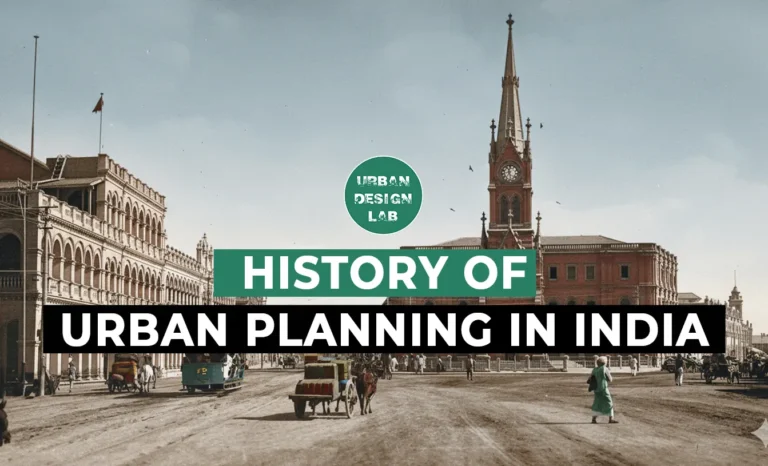
History of Urban Planning in India

Best Landscape Architecture Firms in Canada
UDL Illustrator
Masterclass
Visualising Urban and Architecture Diagrams
Session Dates
17th-18th January 2026

Urban Design Lab
Be the part of our Network
Stay updated on workshops, design tools, and calls for collaboration
Curating the best graduate thesis project globally!

Free E-Book
From thesis to Portfolio
A Guide to Convert Academic Work into a Professional Portfolio”
Recent Posts
- Article Posted:
- Article Posted:
- Article Posted:
- Article Posted:
- Article Posted:
- Article Posted:
- Article Posted:
- Article Posted:
- Article Posted:
- Article Posted:
- Article Posted:
- Article Posted:
- Article Posted:
- Article Posted:
Sign up for our Newsletter
“Let’s explore the new avenues of Urban environment together “


